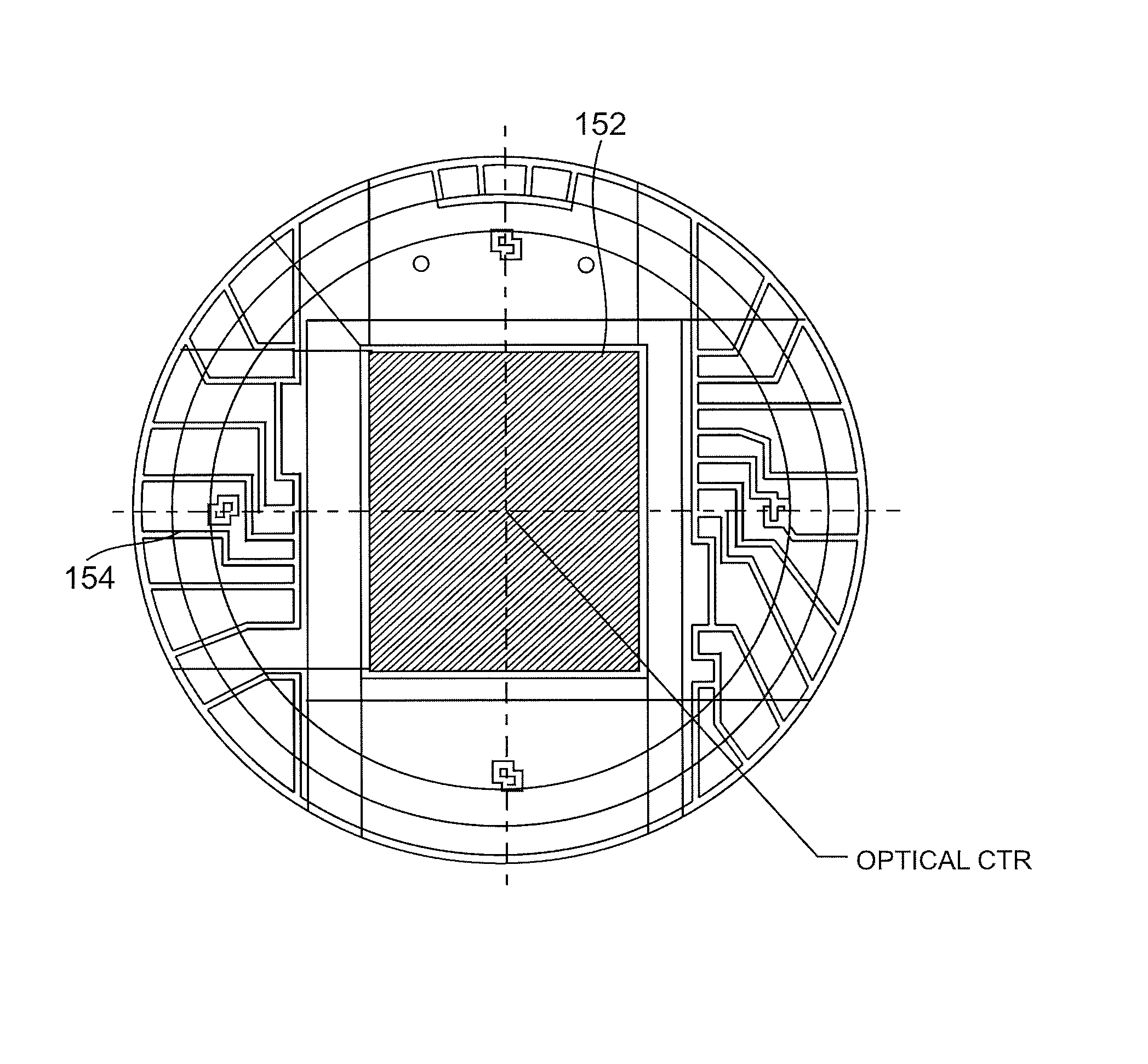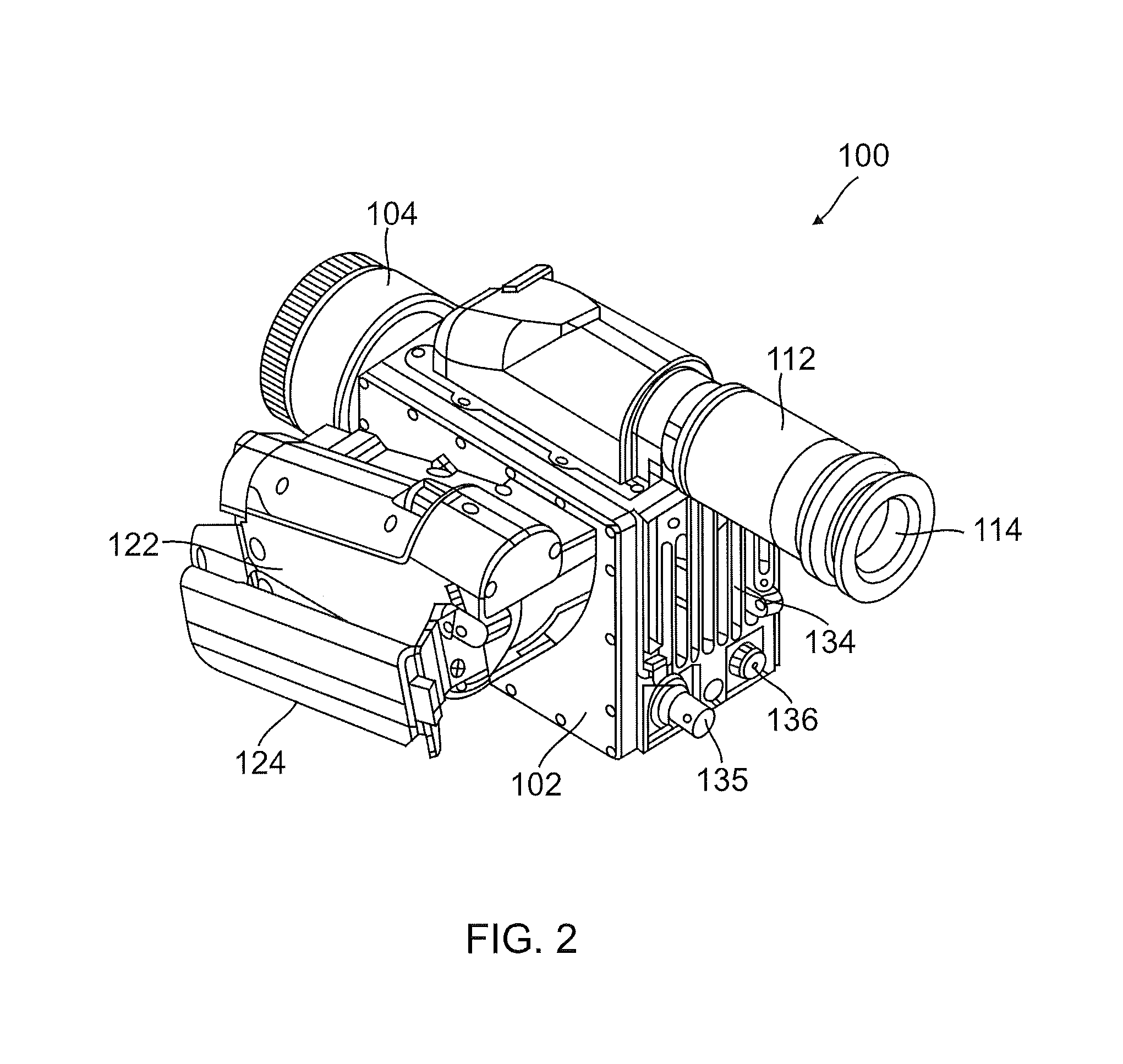Thermography camera tuned to detect absorption of infrared radiation in a selected spectral bandwidth
a technology of infrared radiation and infrared radiation, applied in the field of infrared radiation detection camera, can solve the problems of inefficiency, leak detection and repair, and unreliability of leak detection by using a sniffer device,
- Summary
- Abstract
- Description
- Claims
- Application Information
AI Technical Summary
Benefits of technology
Problems solved by technology
Method used
Image
Examples
Embodiment Construction
Definitions
[0028]The term irradiance as used herein is defined as the total power including all wavelengths of electromagnetic radiation at a surface per unit surface area, and is generally measured in W / m2 or equivalent units.
[0029]The term spectral irradiance as used herein is defined as the power per unit area per unit wavelength of electromagnetic radiation at a surface, and is generally measured in W / m2 / nm.
[0030]The term transmittance as used herein is defined as a ratio expressed as a percentage of radiation intensity transmitted through a medium (I) to radiation intensity incident on the medium (I0), at a specified wavelength. In one embodiment, an optical band pass filter may have a transmittance of 99.9% at a wavelength of 10 μm and a transmittance of less than 2% at wavelengths less than 9 μm and greater than 11 μm. Other optical band pass filters with other transmittance percentages and / or other wavelengths are also contemplated.
[0031]The term photo current as used herein...
PUM
| Property | Measurement | Unit |
|---|---|---|
| full width half maximum spectral bandwidth | aaaaa | aaaaa |
| wavelength range | aaaaa | aaaaa |
| wavelength range | aaaaa | aaaaa |
Abstract
Description
Claims
Application Information
 Login to View More
Login to View More - R&D
- Intellectual Property
- Life Sciences
- Materials
- Tech Scout
- Unparalleled Data Quality
- Higher Quality Content
- 60% Fewer Hallucinations
Browse by: Latest US Patents, China's latest patents, Technical Efficacy Thesaurus, Application Domain, Technology Topic, Popular Technical Reports.
© 2025 PatSnap. All rights reserved.Legal|Privacy policy|Modern Slavery Act Transparency Statement|Sitemap|About US| Contact US: help@patsnap.com



